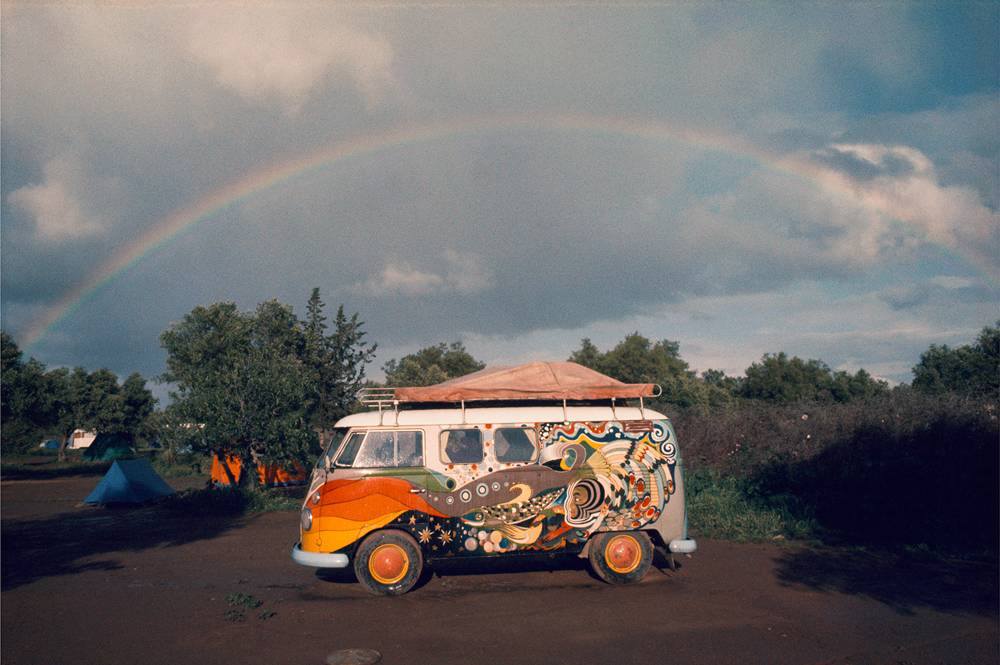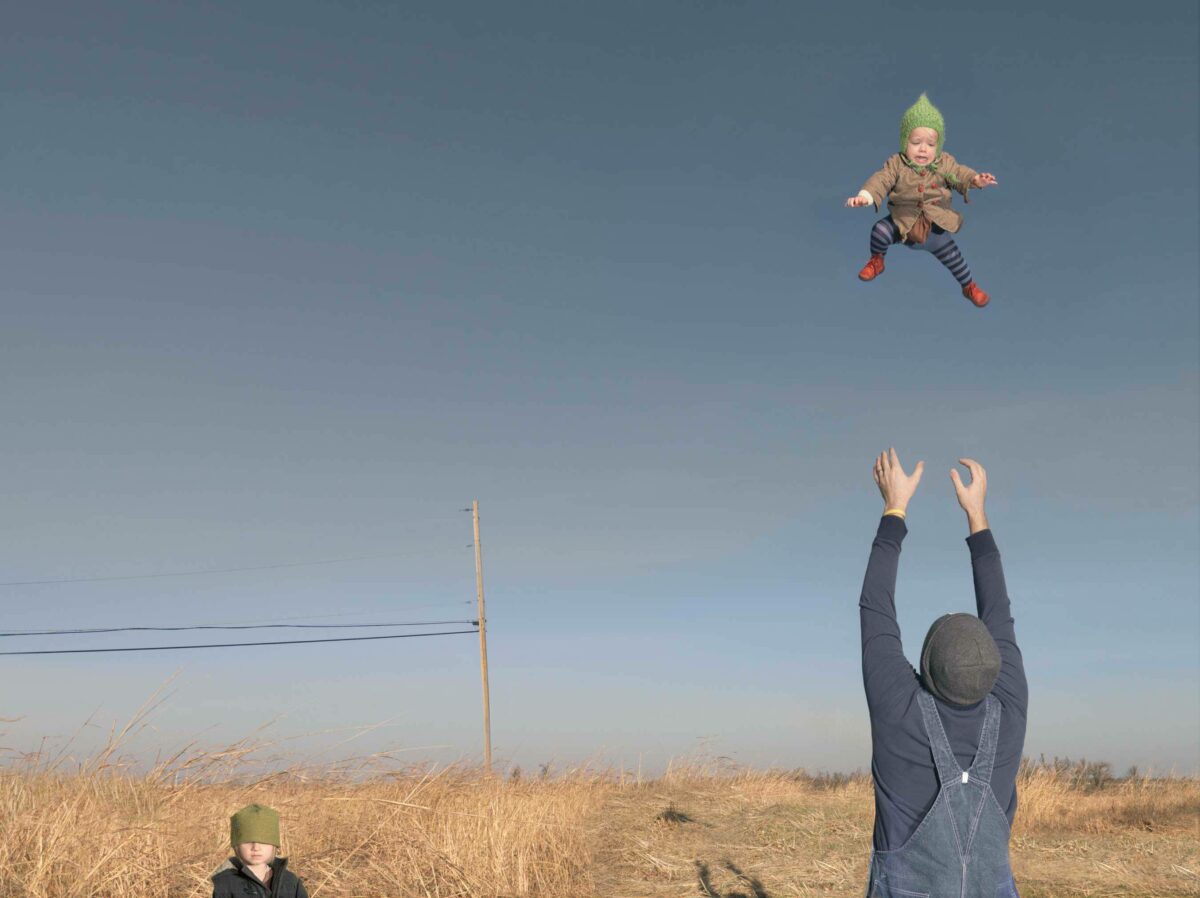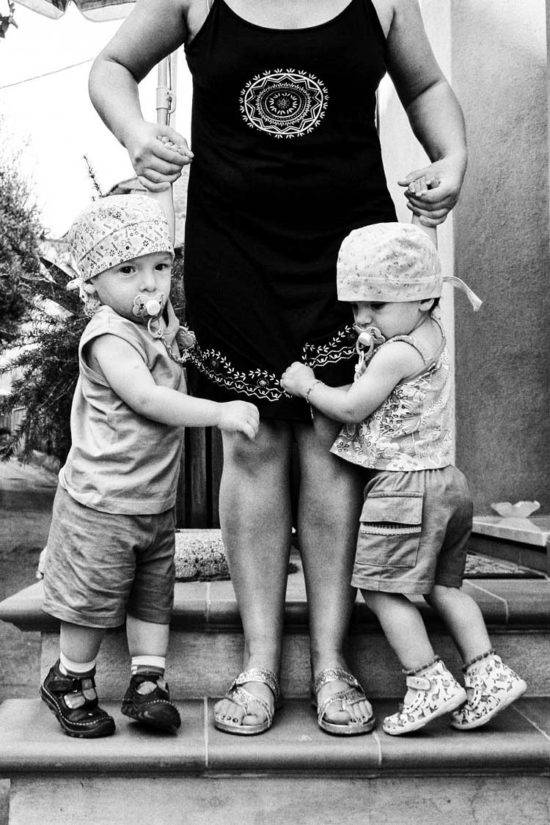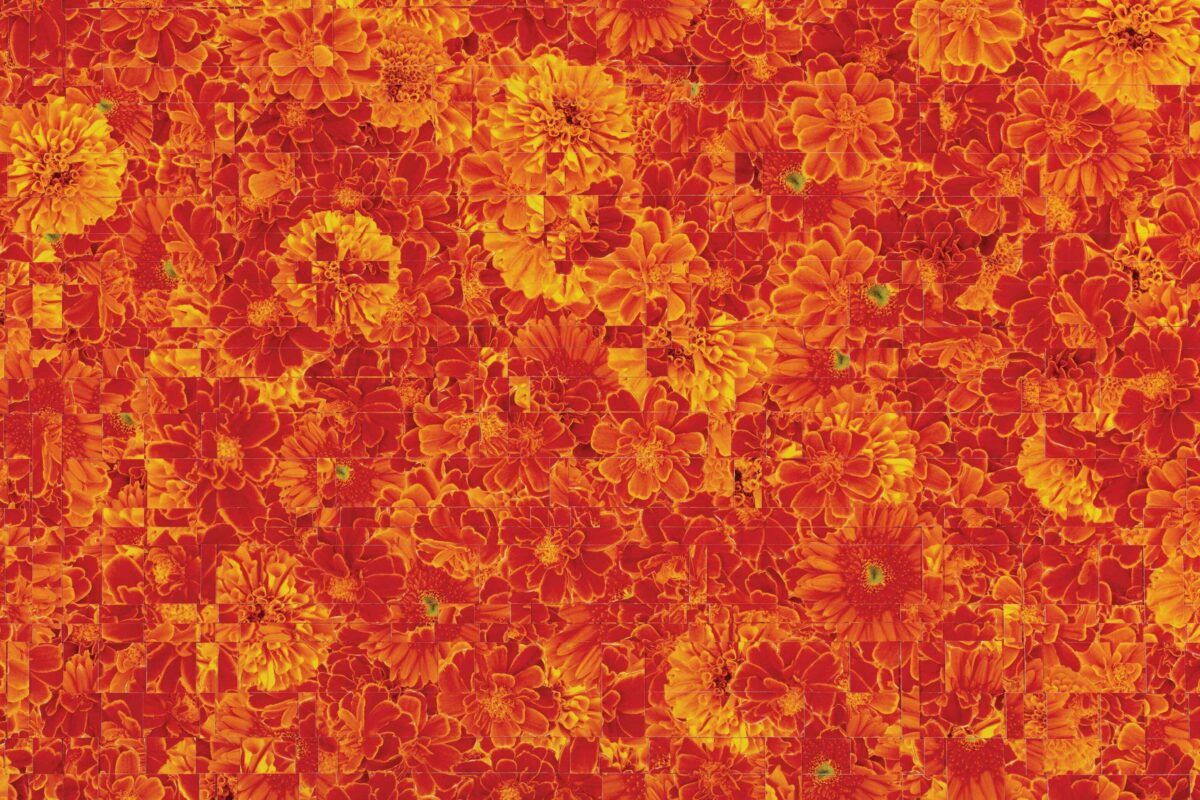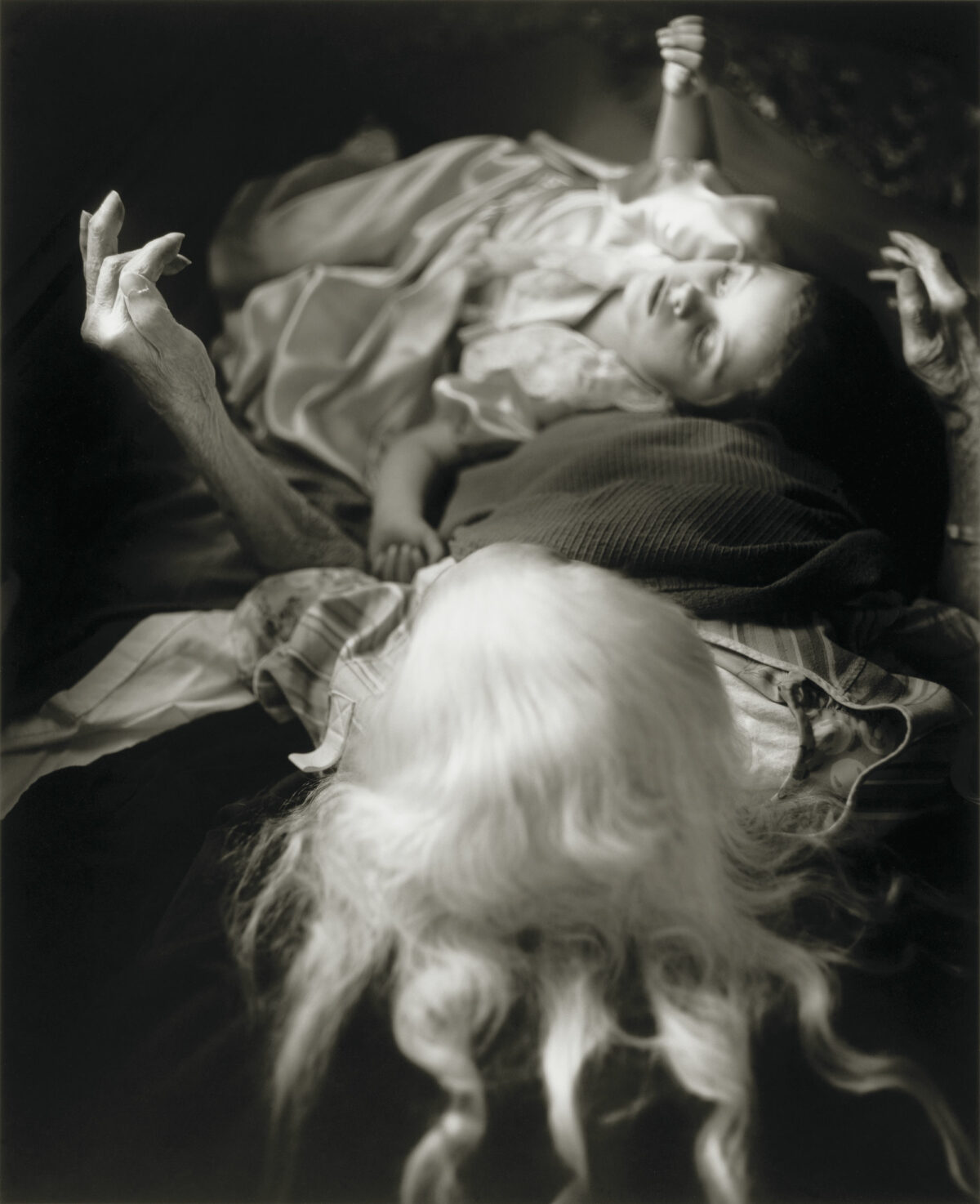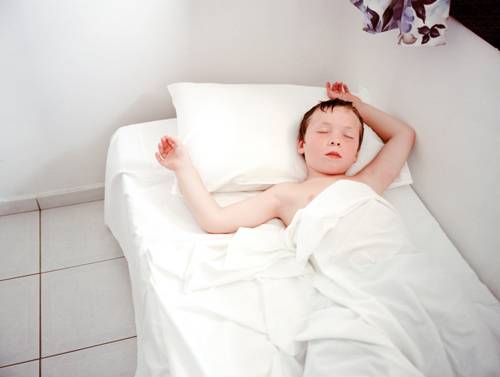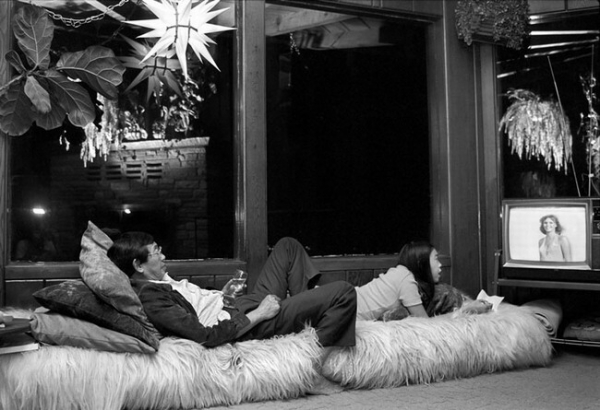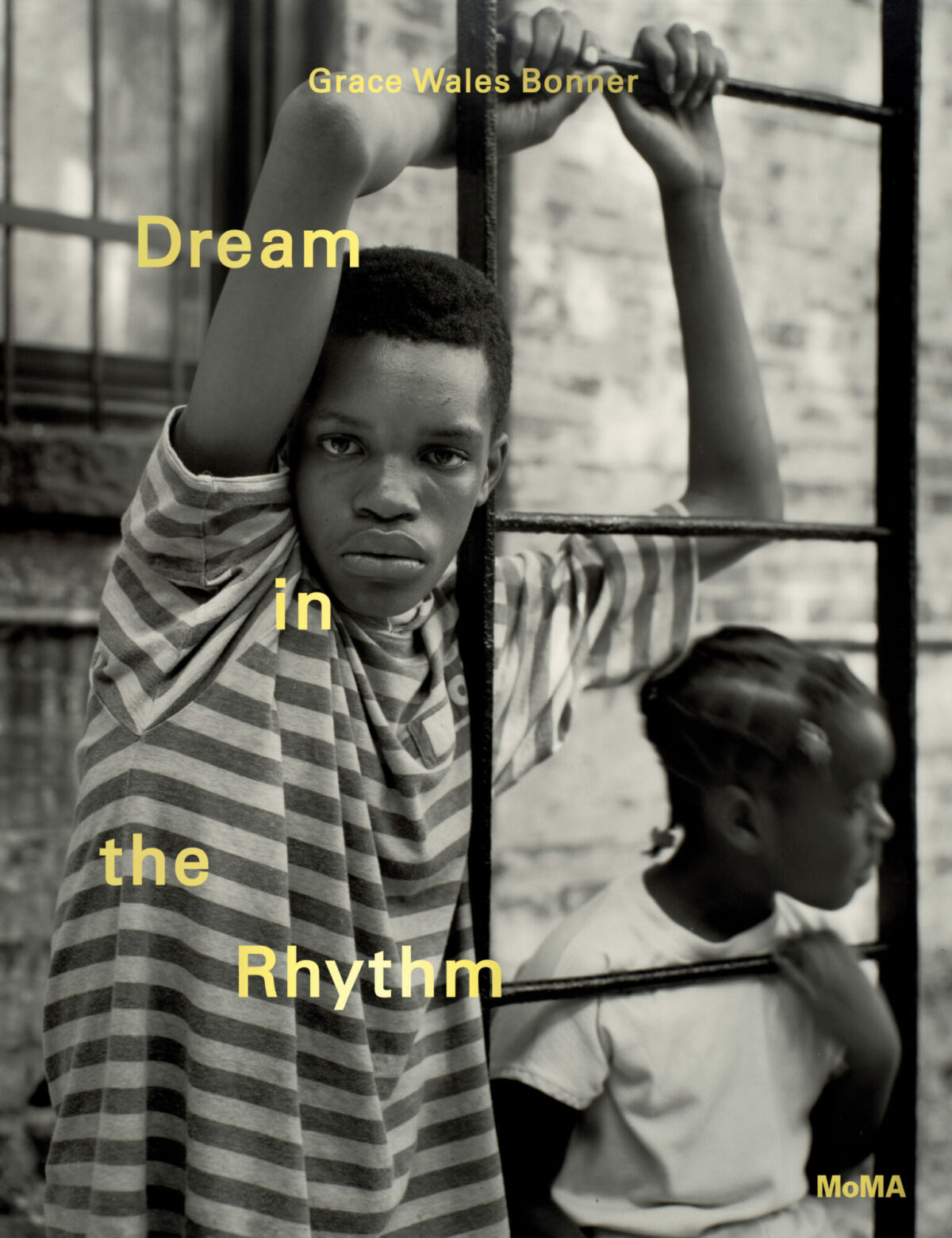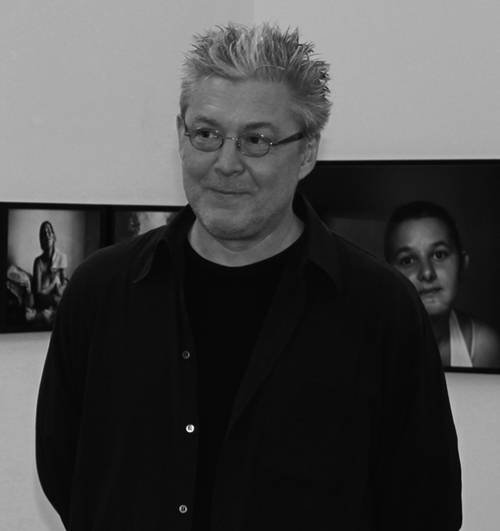The photograph of an ornately painted VW van with orange and yellow hubcaps squatting contentedly beneath a rainbow in a Marrakech campground tells you a fair amount about the circumstances and time period of the pictures in The Family Acid (if the name of the series didn’t tip you off). On view at Benrubi Gallery from July 7 to August 26, the photographs were taken by Roger Steffens, a musicologist, Bob Marley expert, actor, radio show host, Vietnam veteran, and enthusiastic participant in the California counterculture of the 1960s and ‘70s. Steffen was drafted into the army’s psychological operations unit during the Vietnam War and took photographs constantly during his tour. After he came home and befriended people like Timothy Leary and Hunter S. Thompson, he continued to take pictures, sometimes documenting friends and family in Jamaica, Big Sur, or Marrakech, sometimes recreating on film his variously altered states of mind.
Steffens had roomed at Berkeley with war photographer Tim Page, who taught him a thing or two about photography, and his pictures range from trippy double exposures to portraits of musicians like Peter Tosh and Fela Kuti. In 2012, Steffens’s son, Devon, scanned 40,000 of his Kodachrome slides, and his daughter, Kate, began posting the pictures daily on Instagram in 2013. A following grew, and a selection of the photographs was published in a book in 2015. It was Kate who came up with the name The Family Acid, because her parents met, as the story goes, when both were on an acid trip in Mendocino on Memorial Day in 1975.
A vertiginous birds-eye view of sunbathers poolside in Berkeley; a silhouette of a group of friends climbing up the side of a mountain, cast into shadow by a peach-colored sky; and a Walker Evans-ish torn poster of David Bowie from 1977 all suggest someone with an impulse to document every aspect of his lived experience. “First thought, best thought,” was, famously, Allen Ginsberg’s operating principle as a writer, and it seems that it was Steffens’s as well: camera at the ready, first look, best look.

